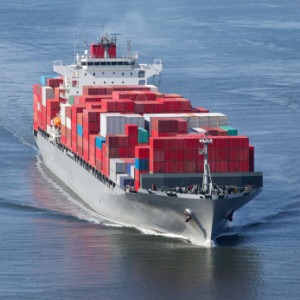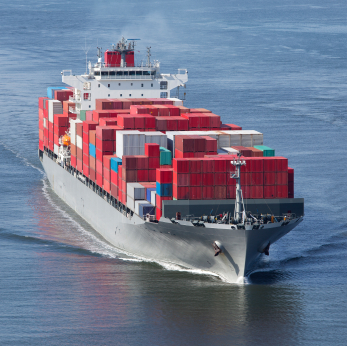 As container shipping lines face estimated 2011 losses in the billions of dollars across their global networks, including the transpacific trade, member carriers in the Transpacific Stabilization Agreement (TSA) have reaffirmed their commitment to restore rate levels going into 2012-13 contract talks.
As container shipping lines face estimated 2011 losses in the billions of dollars across their global networks, including the transpacific trade, member carriers in the Transpacific Stabilization Agreement (TSA) have reaffirmed their commitment to restore rate levels going into 2012-13 contract talks.
TSA carriers are recommending a second, across-the-board guideline rate increase of US$300 per 40-foot container (FEU), effective March 15, 2012, following on an initial increase successfully implemented on January 1. The March general rate increase (GRI) is intended to bring Asia-U.S. freight rates back up to near 2011 contract levels, establishing a baseline for upcoming contract negotiations. TSA cited recent investor filings and press reports affirming industry losses, and stress that a further increase is critical to carrier viability going forward.
The Agreement’s 2012-13 recommended guideline revenue program, to take effect no later than May 1, 2012 for all tariff items and service contracts, will raise rates by a minimum of an additional $500 per FEU for cargo to the U.S. West Coast, and a minimum of $700 per FEU for all other destinations. TSA lines also indicated that further additional revenue and cost recovery initiatives would be considered for later in the year, after a review of market conditions and outlook for the second half of 2012.
Lastly, carriers reaffirmed the need for 2012 service contracts to apply per formula rate increases for all equipment sizes, and to provide for collection of full, floating fuel surcharges and other applicable cost-based ancillary charges.
‘The erosion in transpacific rates during 2011 has been well-documented and dramatic,” said TSA executive administrator Brian M. Conrad. “If carriers adopt a marginal increase that only partially offsets huge losses as costs continue to rise, the result is another 18 months of losses. This year in particular, rate recovery must be meaningful in order to maintain service levels and, ultimately, carrier viability.”
Conrad cautioned customers not to assume winter season spot rates on isolated route segments should set contract pricing through mid-2013. “While there may be excess global capacity, infrastructure constraints continue to limit vessel size and utilization,” he said. On the cost side, he added, bunker fuel prices have exceeded $700 per metric ton since the beginning of the year, and West Coast prices in particular are approaching the record levels seen in mid-2008. In addition, improved employment, income, housing and consumer spending numbers suggest improved demand in the coming year.
“There has been a lot of uncertainty in the market and we should not assume the challenges are behind us,” Conrad added. “Still, indications look generally positive for a recovery in the trade, making it all the more important for shippers and carriers to coordinate their forecasting and plan for contingencies, and for carriers to adequately manage and recover their costs.”
TSA is a research and discussion forum of major container shipping lines serving the trade from Asia to ports and inland points in the U.S. More information on TSA can be found at www.tsacarriers.org.
TSA members include APL Ltd., Kawasaki Kisen Kaisha, Ltd. (K Line), China Shipping Container Lines, Maersk Line, CMA-CGM, Mediterranean Shipping Co., COSCO Container Lines, Ltd., Nippon Yusen Kaisha (N.Y.K. Line), Evergreen Line, Orient Overseas Container Line, Ltd, Hanjin Shipping Co., Ltd., Yangming Marine Transport Corp., Hapag-Lloyd AG, Zim Integrated Shipping Services, and Hyundai Merchant Marine Co., Ltd.





